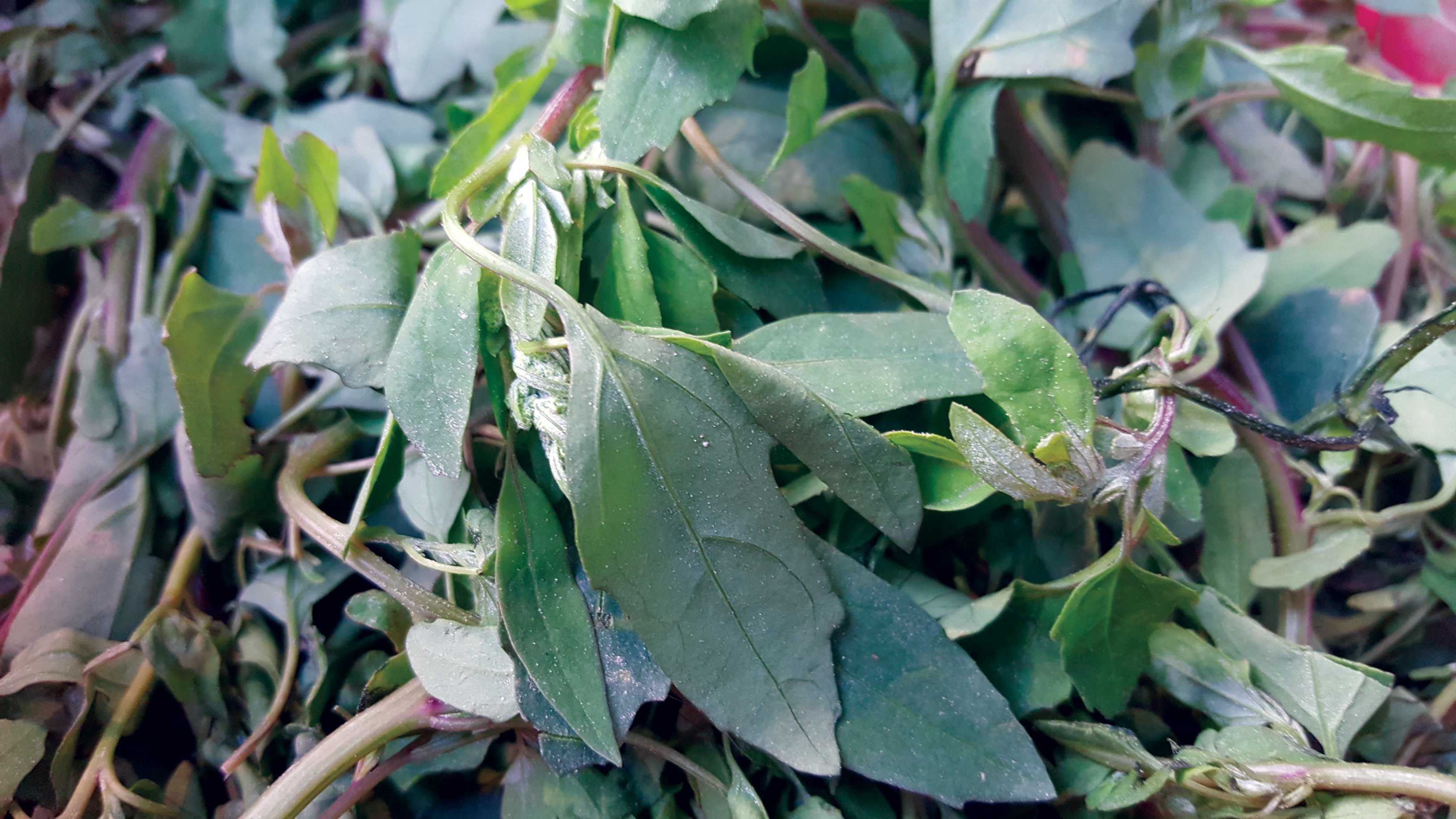The Naga or sacred serpents are an integral part of Kathmandu everyday culture and life. Naga Panchami, which falls on August 4 this year, is dedicated to the serpents of the valley. Prosperity and well-being of the valley residents is clearly tied to rain, water and soil fertility for which the Nagas are responsible. During the chariot festival of Bungdyeo or Red and White Machhindranath it is made very clear to everyone that only the Nagas possess the power to cause rain. As long as the Nagas are “happy” we shall be drought free. In case there is no rain, we need to go to the “twelve year well”, clean it, bring out the “texts” written in “ Naga blood” from Swayambhu and recite it to the Nagas who dwell at the “bottom”. When the serpents are appeased, they will release the rain. The twelve year festival and the sites of the well and text books are well protected by the residents to this day…..just in case.
 In the ancient texts that describe the Kathmandu valley or Nepal Mandala, there is reference to twelve sacred sites- each at the confluence of the different rivers of the valley. These TIRTHAS are sites where all important rituals from birth to death as well as those related to after-life are performed. Each of these twelve sites are the homes of the nagas and once again the relation with water, river and sacredness. Those who live in and around Tahachal also need to know that Taha in Newari means serpents. We will also recall that just 20 years ago most of Tahachal was a wetland full of snakes and wild ducks. The residents of Nagadesh of Thimi, know that their town literally means the city of the Nagas. All historical ponds in the valley with a wooden pillar and the gilded snake head on top are called Naga Pokharis. There is one at Naxal, one in the Bhaktapur palace and a really big one at Dhapakhel in the southern part of the valley. All will be sites of worship and festivities on August 4 this year.
In the ancient texts that describe the Kathmandu valley or Nepal Mandala, there is reference to twelve sacred sites- each at the confluence of the different rivers of the valley. These TIRTHAS are sites where all important rituals from birth to death as well as those related to after-life are performed. Each of these twelve sites are the homes of the nagas and once again the relation with water, river and sacredness. Those who live in and around Tahachal also need to know that Taha in Newari means serpents. We will also recall that just 20 years ago most of Tahachal was a wetland full of snakes and wild ducks. The residents of Nagadesh of Thimi, know that their town literally means the city of the Nagas. All historical ponds in the valley with a wooden pillar and the gilded snake head on top are called Naga Pokharis. There is one at Naxal, one in the Bhaktapur palace and a really big one at Dhapakhel in the southern part of the valley. All will be sites of worship and festivities on August 4 this year.
There is also the logical belief that snakes are the caretakers of everything below ground including water, but also precious stones and metal. The treasures of Pashupatinath are under the care of the Vasuki Naga. It is this belief that leads people to observe the festival of Naga Panchami by pasting portraits of Vasuki Naga over their doorways. There is a folklore that the serpent king Karkota had built a beautiful palace with precious stones and metal for his queen in Taudaha on the way to Dakshinkali. There were attempts to drain the lake during the reign of King Surendra Bikram Shah. Earthquakes in the valley are often characterized as the Naga Raja (king of serpent) shaking his head.
There is yet another legend related to the Buddha and how he was unable to ‘teach’ all that he had learnt and decided to leave it in the trust of the Nagas till people were ready. Accordingly Nagarjuna a Buddhist monk is supposed to have received the original teachings (sutra) from the Nagas on the slopes of Nagarjuna hills north of Kathmandu. He is represented in sculptures and paintings with serpents over his head. The stories of the Nagas go on and on in Kathmandu valley. What is clear is that we are occupying their original habitat, we depend on them for rain, and they take care of our wealth. We clearly need to care for them too.










